Tinge is a fastest-fingers-first color-matching game that disguises cognitive training as competitive family fun. It turned clinical therapy into intergenerational play.
27+ elderly participants reported increased engagement, social bonding, and improved hand-eye coordination.
As people age, two invisible battles happen simultaneously:
Cognitive decline: reduced problem-solving, attention spans, working memory
Motor skill degradation: hand strength and dexterity fade, making simple tasks (buttoning shirts, opening containers) frustratingly difficult
By reframing cognitive training as play, Tinge aimed to create something that worked because people forgot it was supposed to help them.
That's the kind of design I wanted to bring – human-first, strategically sound, and joyfully effective.
Place colourful props (looks like everyday objects) in the center of a table. Each object represents a different colour.
Flip a card from the deck – each card shows multiple coloured shapes, but one colour is always missing.
Players race to identify and grab the object matching the missing colour.
Correct grab = keep the card. Wrong grab = return one of your earned cards.
Most cards at the end wins (but really, everyone wins)
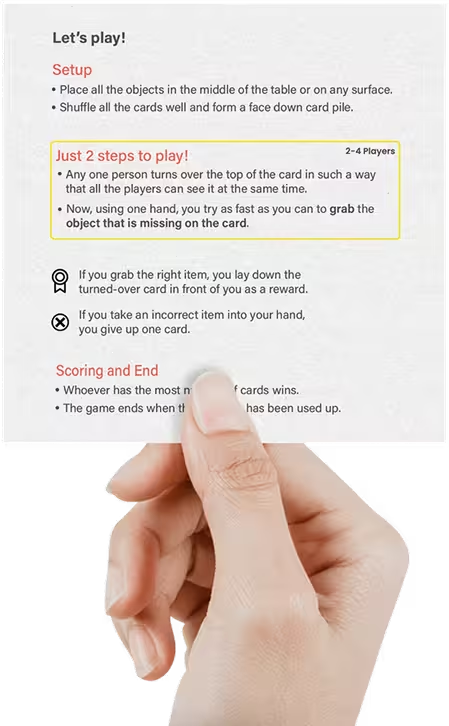
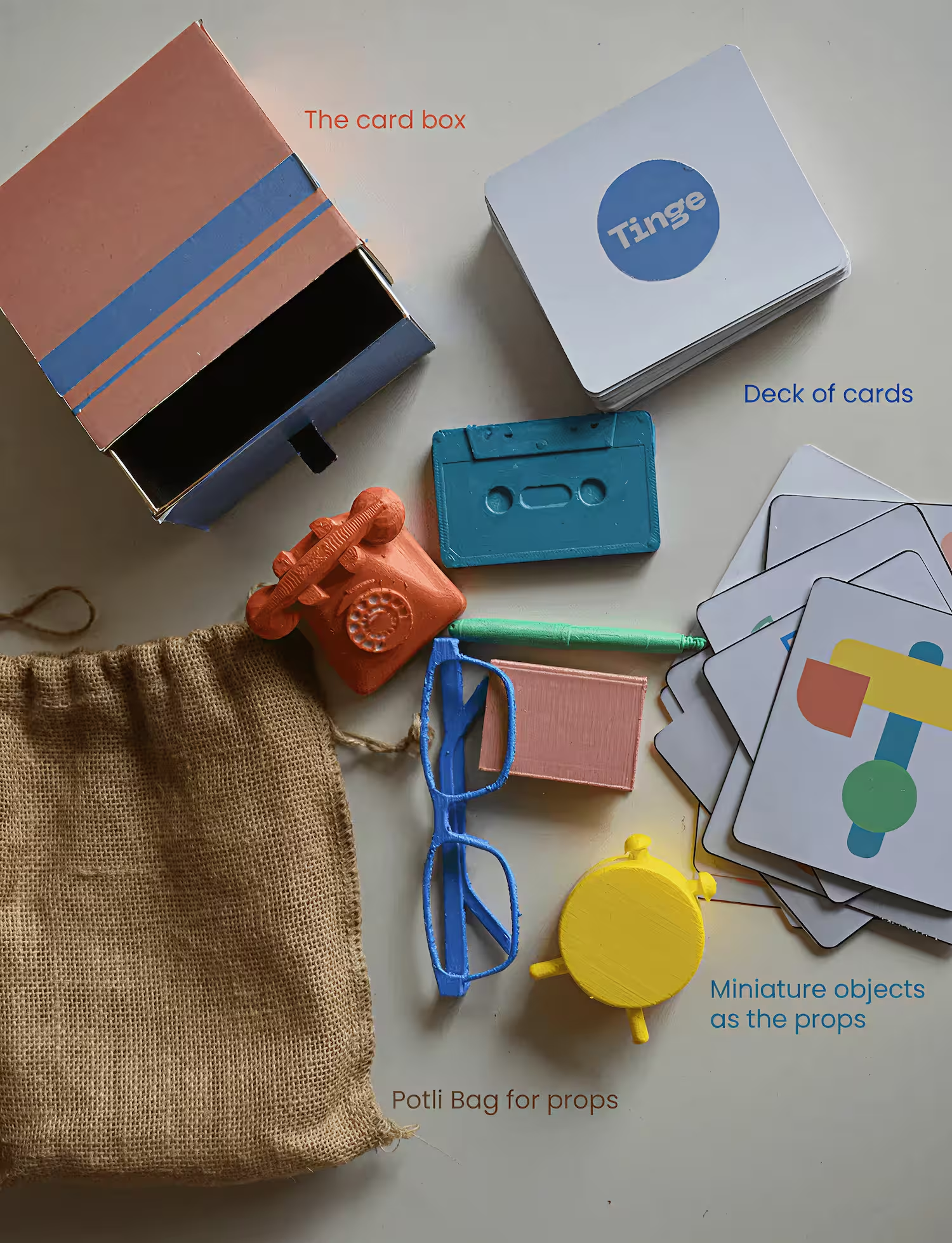
Since Tinge aimed to make cognitive training feel like play (not work), traditional metrics like "task completion rate" would miss the point.
Instead, I measured behavioral and emotional indicators of engagement, accessibility, and cognitive activation.
participants across 4 sessions played multiple rounds without prompting
was average session length. When it was planned to be only 30 minutes
in 100% of sessions. Competitive banter replaced initial hesitation within 5 minutes

both age groups competed on equal terms
needed across cognitive/physical ability levels
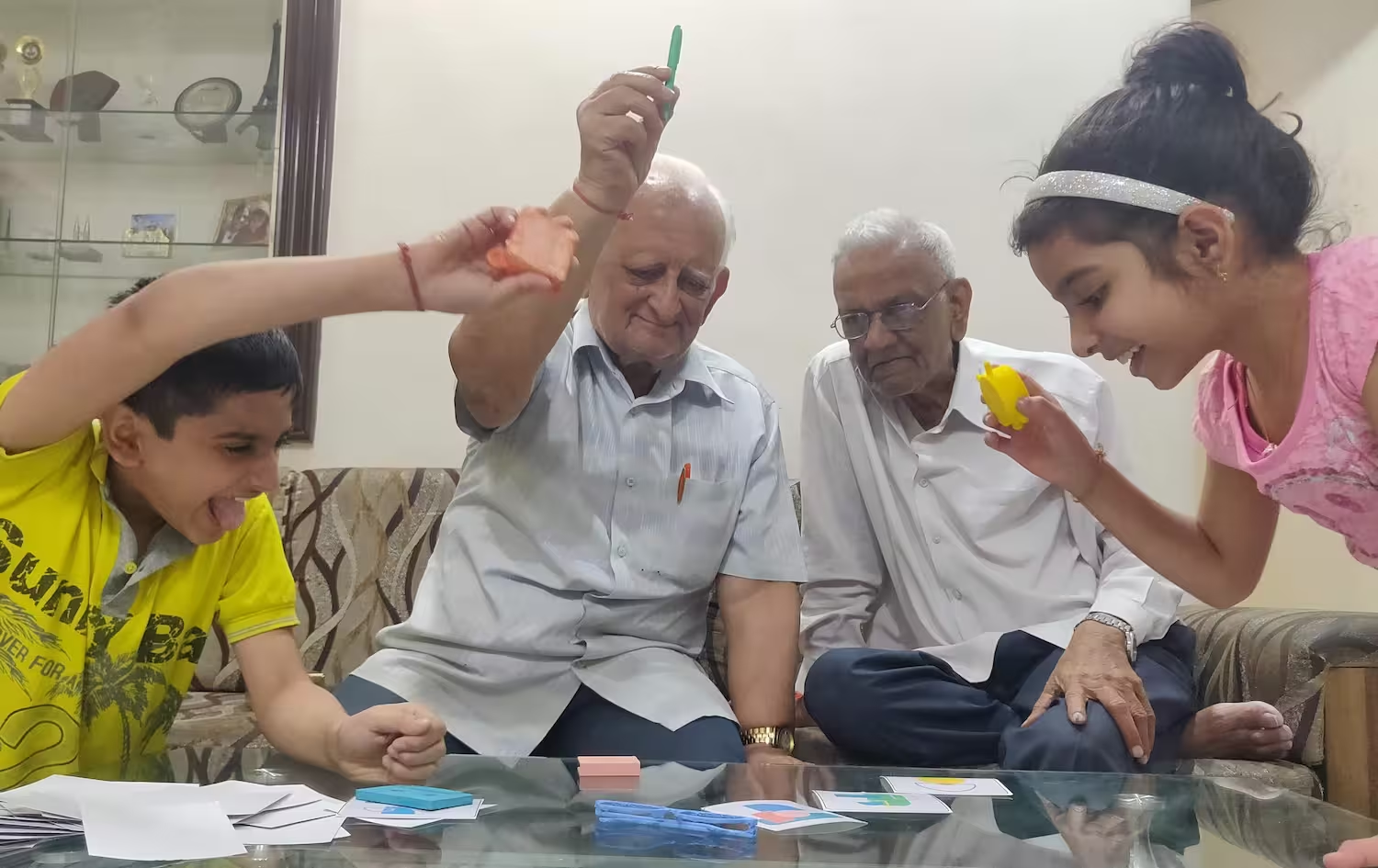
in color identifcation and object grabbing. Participants with limited dexterity successfully completed 3-5 grabs per round
Old age home staff later adopted the game for weekly activities
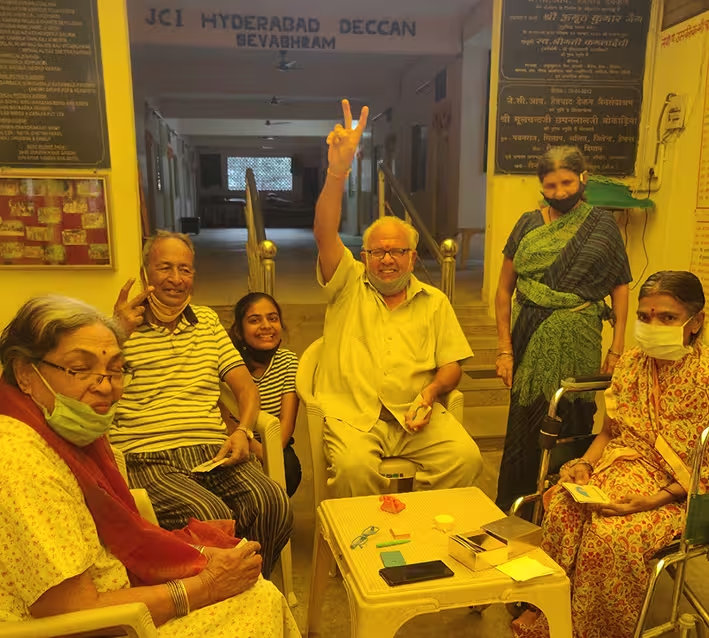
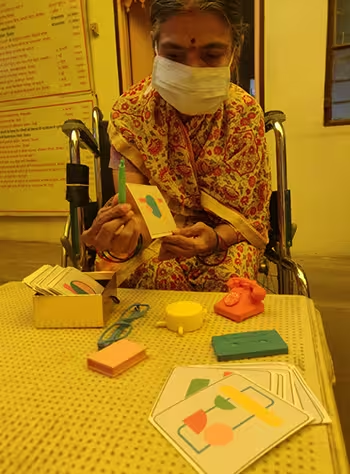

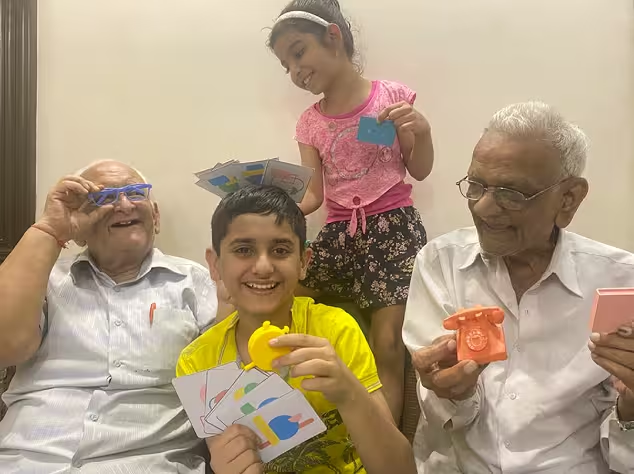
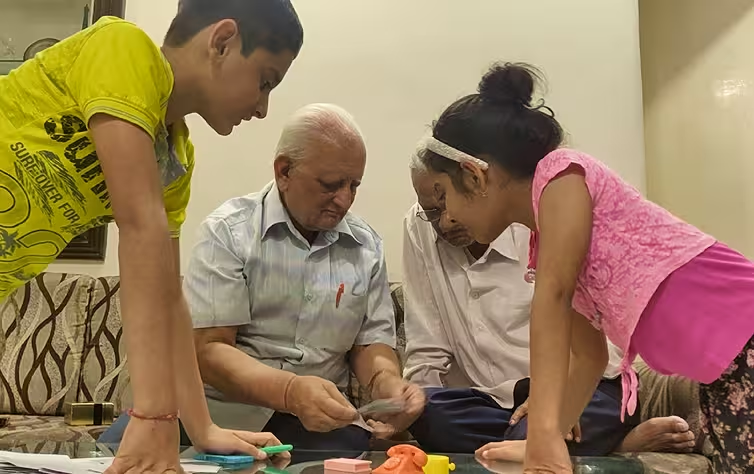








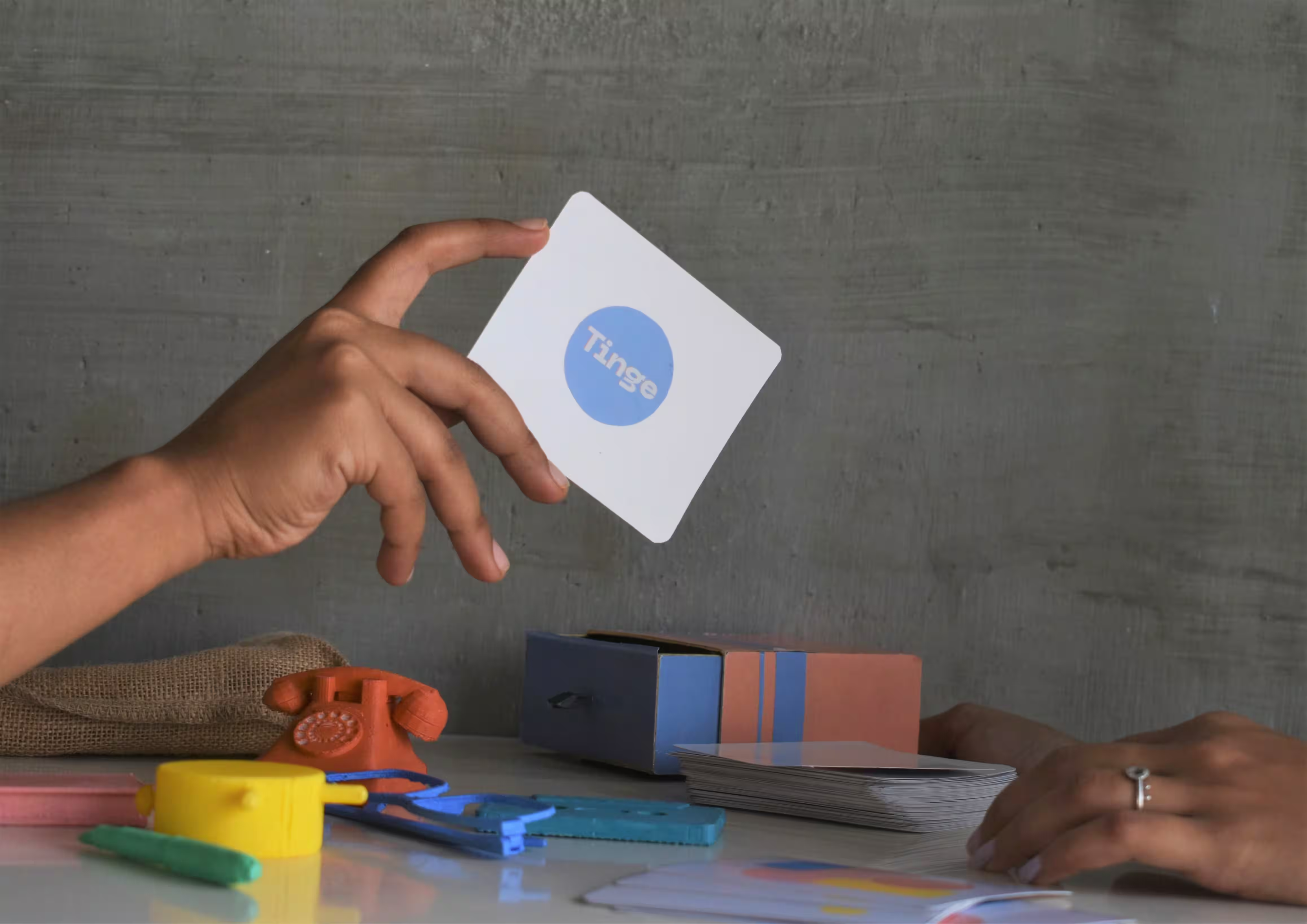
I conducted contextual inquiry with elderly individuals in their daily environments, supplemented by secondary research on aging, cognition, and game design.
The goal was to understand not just what they struggle with, but how they actually spend their time?
Place colourful props (looks like everyday objects) in the center of a table. Each object represents a different colour.
Flip a card from the deck – each card shows multiple coloured shapes, but one colour is always missing.
Players race to identify and grab the object matching the missing colour.
Correct grab = keep the card. Wrong grab = return one of your earned cards.
Most cards at the end wins (but really, everyone wins)
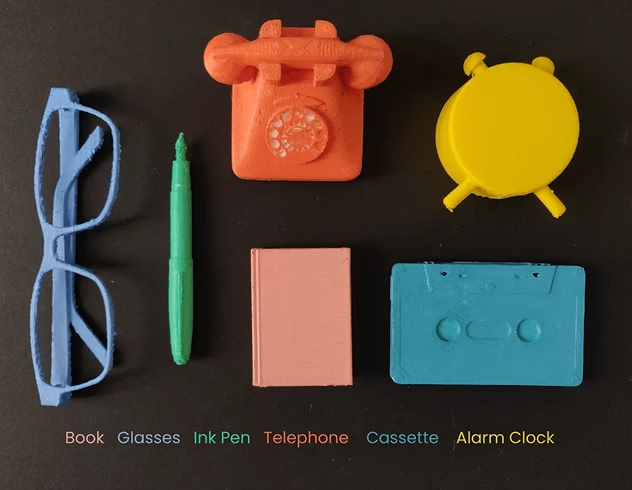
Everyday objects chosen for nostalgia and familiarity: items that recall "the good old days" and feel comfortable in hand.
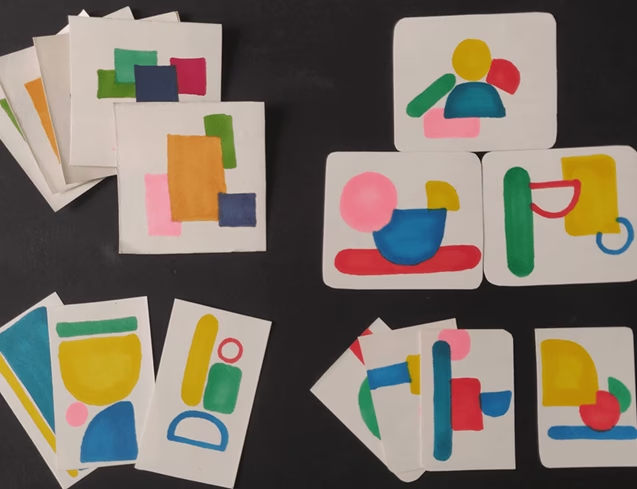
Abstract simplified forms = softer, approachable, no cognitive strain from complex imagery
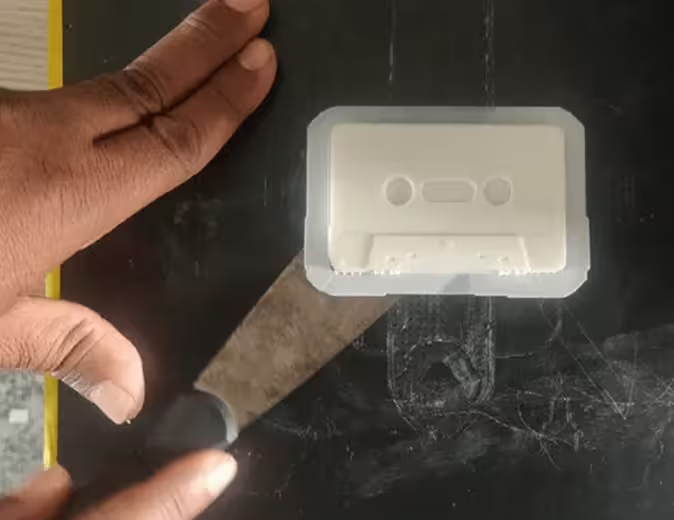
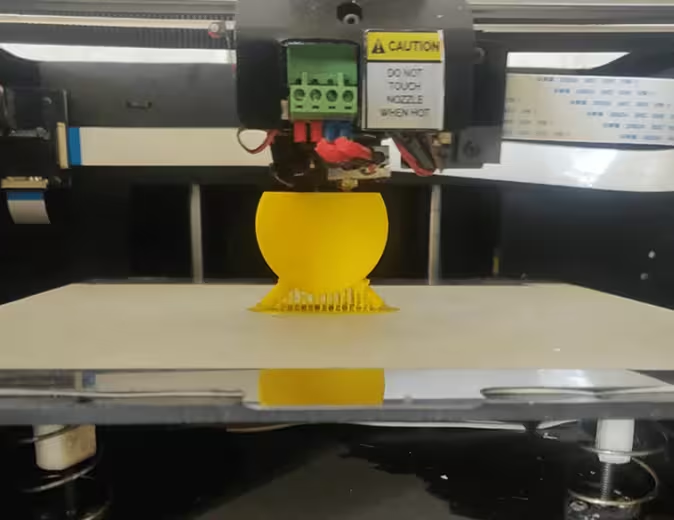
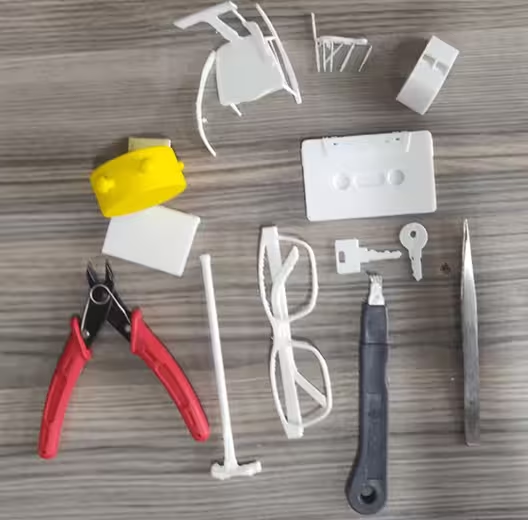
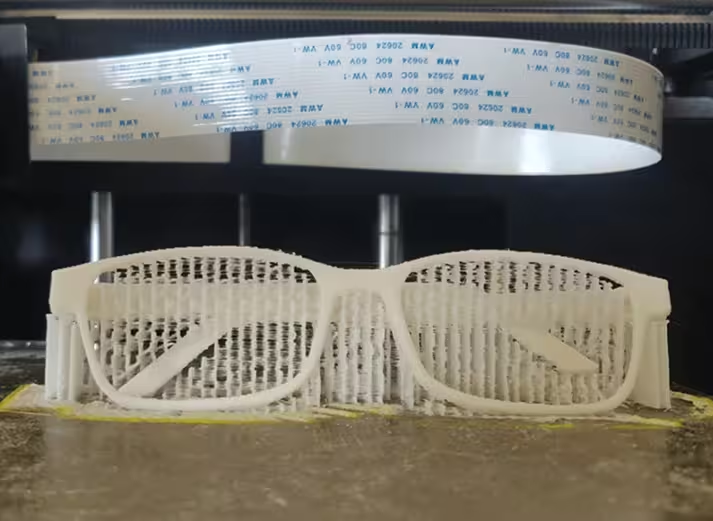




Level 1 | Solid Color Cards:
Filled shapes make color identification easier. Great for first-time players or those with more advanced cognitive decline.
Level 2 | Outline Cards:
Stroke-only shapes increase difficulty – requires more focus to identify all colors and spot the missing one.